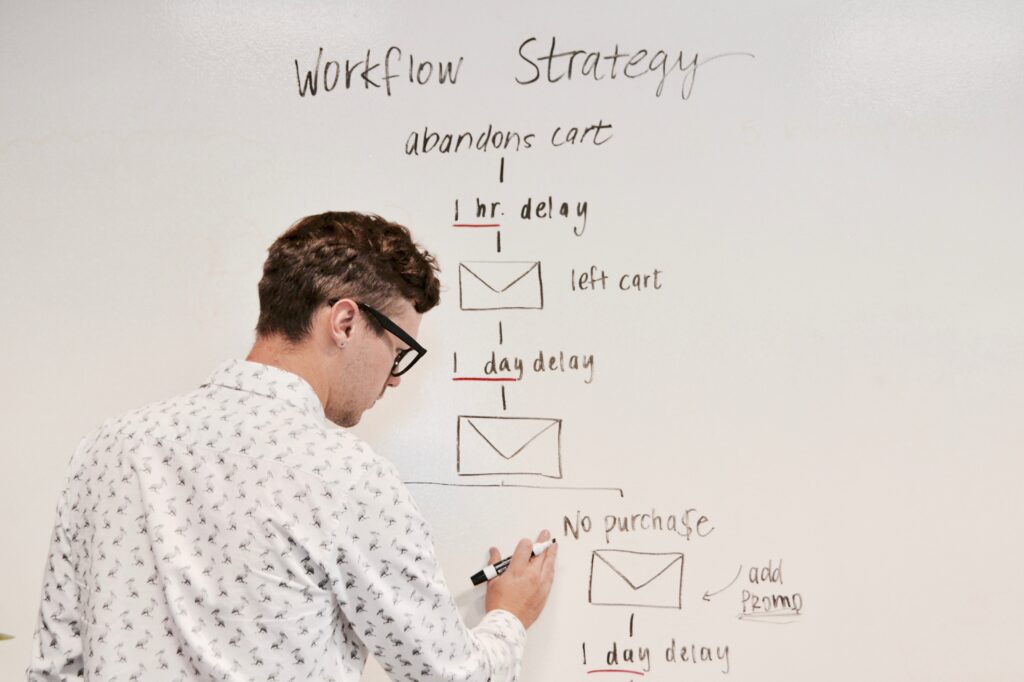We all want to emulate the best practice in our industry or area of expertise. But sometimes, thinking about the worst practices is just as worthwhile. Learning what to avoid can be just as instructive as what to emulate. Take email deliverability. As part of Act-On’s in-house team of deliverability experts, I help our customers hit the inbox and avoid spam filters and block lists every day. This is the first part of a new series where we turn best practices on their head and look at some of the worst practices for email deliverability.

This time around, we’re focusing on three common mistakes for email list management, or list hygiene as we like to call it. We’ll cover sign-up and acquisition, email volume and frequency, and ongoing maintenance. While this is not a comprehensive list of best practices surrounding list hygiene, these are some of the more important ones.
These observations and recommendations come from my perspective as a professional with 18 years in the Email Deliverability industry. Some of these scenarios and worst practices are examples I’ve seen from the sending side, I have seen plenty on the receiving side. So, what are the best practices for managing your email list? And what will get you blocked and spam filtered faster than you can say “Mailer Daemon”? Read on to find out!
Purchase All of Your Lists
Let’s jump right in where most email programs start out: email sign-up and list acquisition. The best way to add contacts to your marketing list is still gathering organic sign-ups through an online form. List contacts who give your company explicit permission to receive marketing emails consistently outperform purchased lists.
It’s true that gathering contacts organically can take a lot longer than purchasing lists, but there are no shortcuts to quality list-building. Purchasing lists might seem like you’re saving time, but you’re really trading quality for quantity.
https://act-on.com/learn/blog/email-marketing-data-permission-and-acquisition/
If you do end up purchasing your lists, it’s imperative to run them through a list hygiene service such as Webbula or Neverbounce. Ultimately, this will shrink the overall size of the list, but it will also go a long way in improving your overall list quality and protecting your reputation from spam traps and other nefarious bad data.
Don’t Ask Too Many Questions
It’s understandable to want entrance into your opt-in list to be as quick and easy as possible. Still, it’s a best practice to collect more information on signup than just an email address and first and last name. Requesting more information might cause some potential subscribers to abandon the sign-up process, but it’s worth it to build a high quality list.
In your sign-up form, collect extra data like demographics, geographic location, and even subjects the subscriber is interested in. It helps build trust and reduces the likelihood of unsubscribes and your emails being reported as SPAM.
https://act-on.com/learn/blog/3-proven-tips-to-avoid-the-spam-folder/
Overall, it’s important to be as upfront and informative as possible during the sign up process. Avoid seemingly deceptive practices like making the font small in the explanatory text that accompanies your list sign-up boxes to encourage unintentional signups. You want to avoid any confusion or misinterpretation on the part of your new subscribe. If they’re unclear what they’re signing up for (topics, cadence, etc.), it becomes more likely they’ll hit unsubscribe (or worse, report as SPAM).
Skip the Welcome Email
Another time-tested best practice: after sign-up, send subscribers a welcome email (or series) to explain the kind of content you’ll be providing in the email program and the benefits they can expect as subscribers. This might lead to some subscribers unsubscribing, but that number will likely be marginal. And at least you’ll know the subscribers on your list want to receive your communications.

It’s also best practice to avoid adding subscribers to lists they didn’t sign up for, even if it’s tempting. This can erode trust in your email campaigns, and in your brand. Always allow email subscribers to pick their cadence and volume by offering an easy-to-find communication preference center. Letting them tailor their experience with your marketing materials builds trust.
Send as Many Emails as Often as Possible
Frequency and volume has an impact on overall list hygiene. New subscriber engagement is a sign that they should stay on the list. If a subscriber isn’t opening or engaging after signing up for your list, it’s not best practice to keep sending and hoping you’ll find the right message eventually.
Continually sending to addresses that have never opened an email is great way to end up on the Spamhaus Blocklist. Repeat offenders of the Spamhaus SBL may even be forced to re-permission their entire email database. Having the correct frequency for your audience is crucial to maintaining high engagements which in turn feeds your sender reputation.

Largest List Wins!
Performing ongoing list maintenance is crucial to overall list health and hygiene. Best practices encourage email marketers to use engagement filters to reduce or stop sends to those that remain unengaged after a specified period of time. Furthermore, we recommend sending a re-engagement campaign every 3-4 months to try to win those subscribers back before finally removing them.

Another email list maintenance best practice: set soft bounce thresholds to remove emails from the list after five consecutive soft bounces. It might be frustrating to see your list size shrink, but remember in the long run it’s better to maintain a smaller list of high-quality contacts than a large list that isn’t well-maintained.
Again this is by no means a comprehensive list of the worst practices for email list maintenance, but we have gone over some of the more important ones I’ve seen that have the biggest impact on a sender’s reputation during my time in the industry.
https://act-on.com/learn/blog/the-best-email-deliverability-guide-ever/
